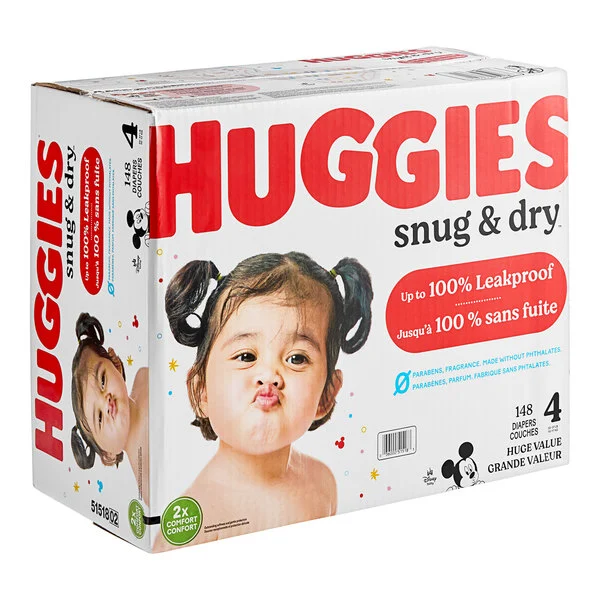
By Saabira Chaudhuri, excerpted from The New York Times:
In 1957, 92 percent of American children were potty-trained by 18 months of age. Four decades later, that number had dropped to just 4 percent. Why are we potty-training our children so much later than our grandparents did? In large part because of disposable diapers. Made from plastic and cellulose, these products have been refined over several decades to be more absorbent, slimmer, and less leaky.
What was marketed as a tool for convenience by the Pampers maker Procter & Gamble in the 1960s eroded the incentives to start potty training early, freeing children from the feeling of wetness that comes from cloth and freeing parents from the inconvenience of washing used diapers or sending them out to be professionally cleaned.
Such convenience comes at a heavy environmental price. Between 2011 and 2018, disposable diapers were among the top 25 most littered items on the seafloor and among the 40 most littered items on land, one study found. In the United States alone, more than 18 billion diapers are discarded every year, creating an enormous drain on natural resources.
Over the course of the past century, disposable plastics undeniably have made our lives easier in many ways. They have also quietly and profoundly reshaped the ways we eat, shop, raise children and understand hygiene and progress.
….
Procter & Gamble funded a study showing that cloth was more likely to cause diaper rash and increased the spread of infection in day care centers. It hired a renowned American pediatrician to star in TV ads warning parents against trying to “rush” their children into potty training. In China, where parents historically began potty training babies as young as a few months old, Procter & Gamble ran ad campaigns telling worried parents that disposable diapers enabled better sleep and hence better cognitive development. By 2015, over half of parents in China reported that they used disposable diapers for their babies at home during the day, and 77 percent reported using them at night, an industry study found.
My partner, Polly, and I were blessed to have six children. Due to cost, Polly used cloth diapers with all of our children. Disposable diapers were reserved for trips. Used diapers were put in a pail. Once the pail was full, the diapers were put in the washing machine. Over and over the diapers were washed until they were so dingy and worn out that they were moved to the rag pile. And then there’s that slight diaper pail smell. Who can forget that?
Polly never complained. We both believed cloth diapers were better for children and the environment, so it was not hard to use only cloth diapers. That said, I am sure there were times when Polly longed for a box of Pampers. Our children grew up and got married. None of them used cloth diapers with their children.
These days, our opposition to disposable diapers flows from environmental concerns. I was shocked to learn how many diapers end up in oceans and other bodies of water. We live in a throw-away society, and disposable diapers play a part in filling landfills and polluting our waterways.
Did you use cloth, disposable, or both with your babies? Please share your experiences in the comment section.
Bruce Gerencser, 68, lives in rural Northwest Ohio with his wife of 47 years. He and his wife have six grown children and sixteen grandchildren. Bruce pastored Evangelical churches for twenty-five years in Ohio, Texas, and Michigan. Bruce left the ministry in 2005, and in 2008 he left Christianity. Bruce is now a humanist and an atheist.
Your comments are welcome and appreciated. All first-time comments are moderated. Please read the commenting rules before commenting.
You can email Bruce via the Contact Form.
